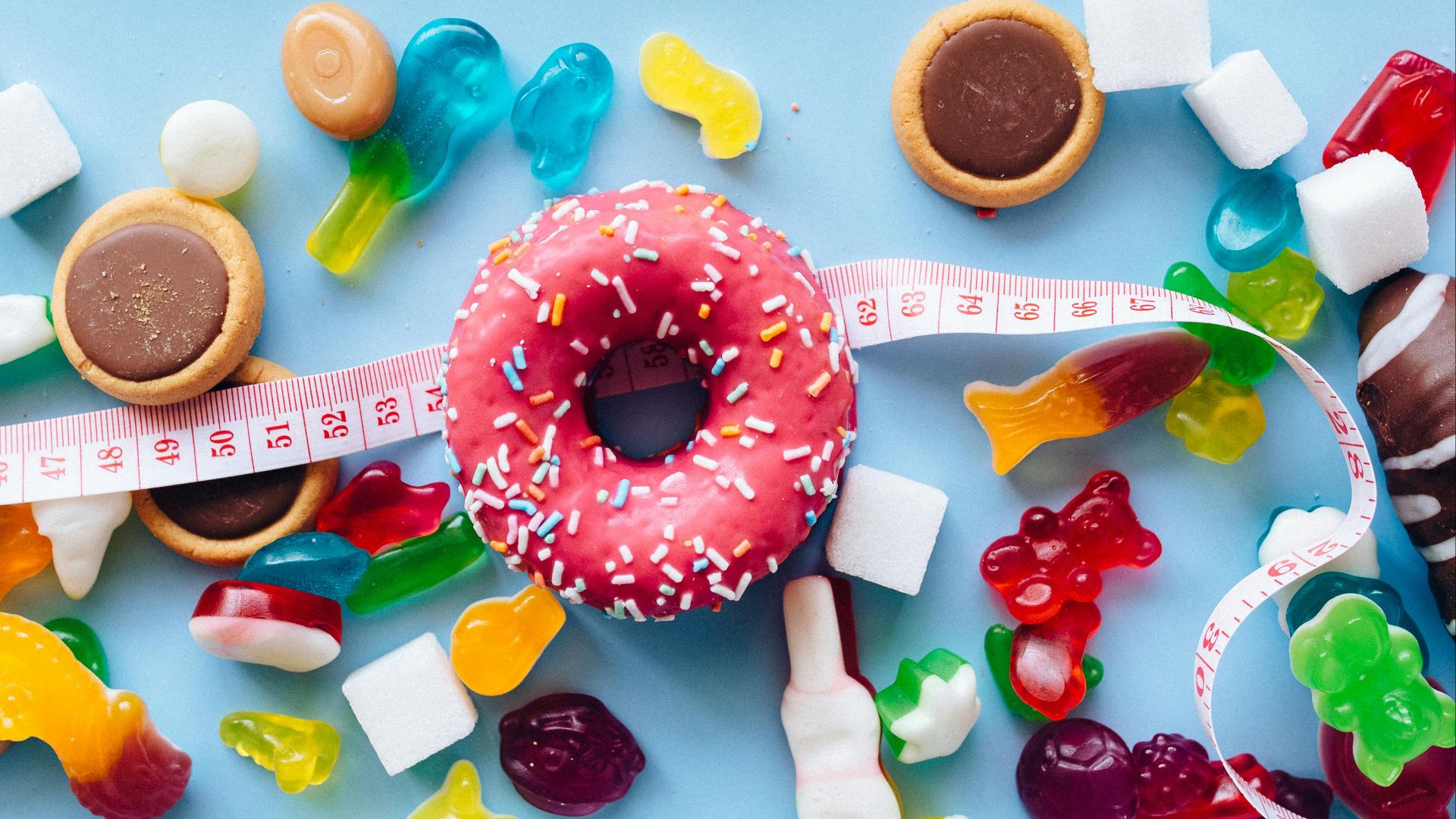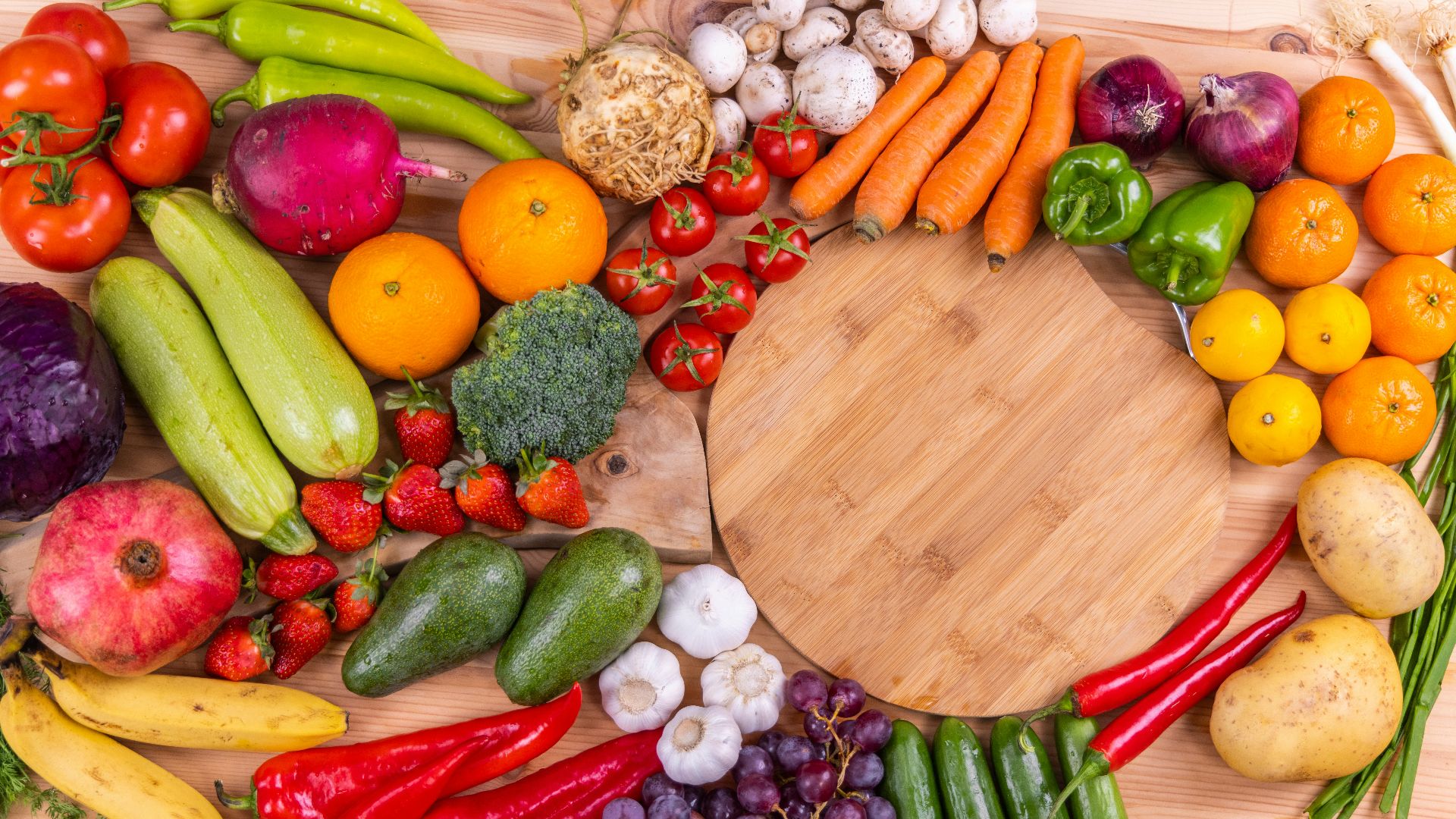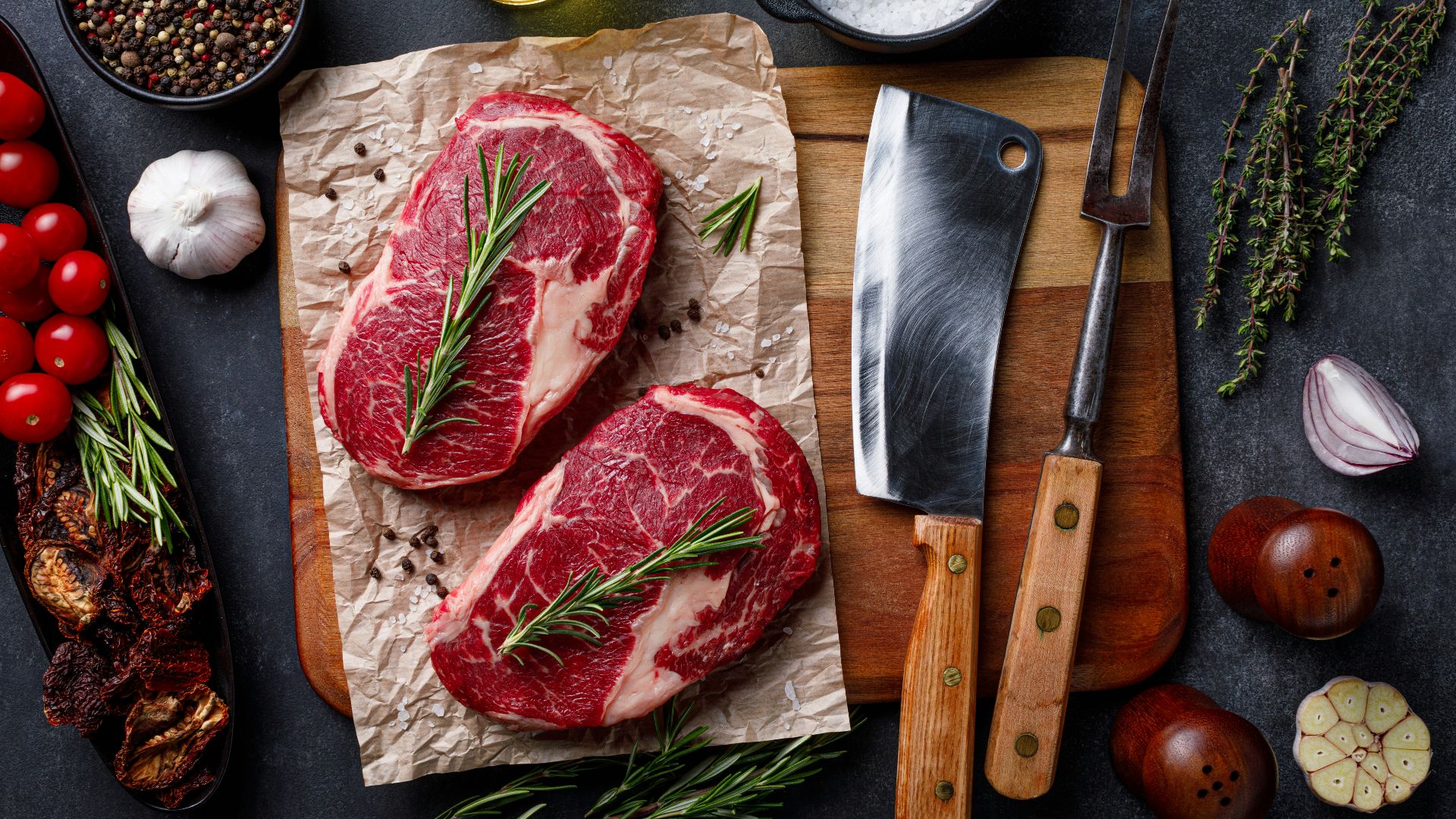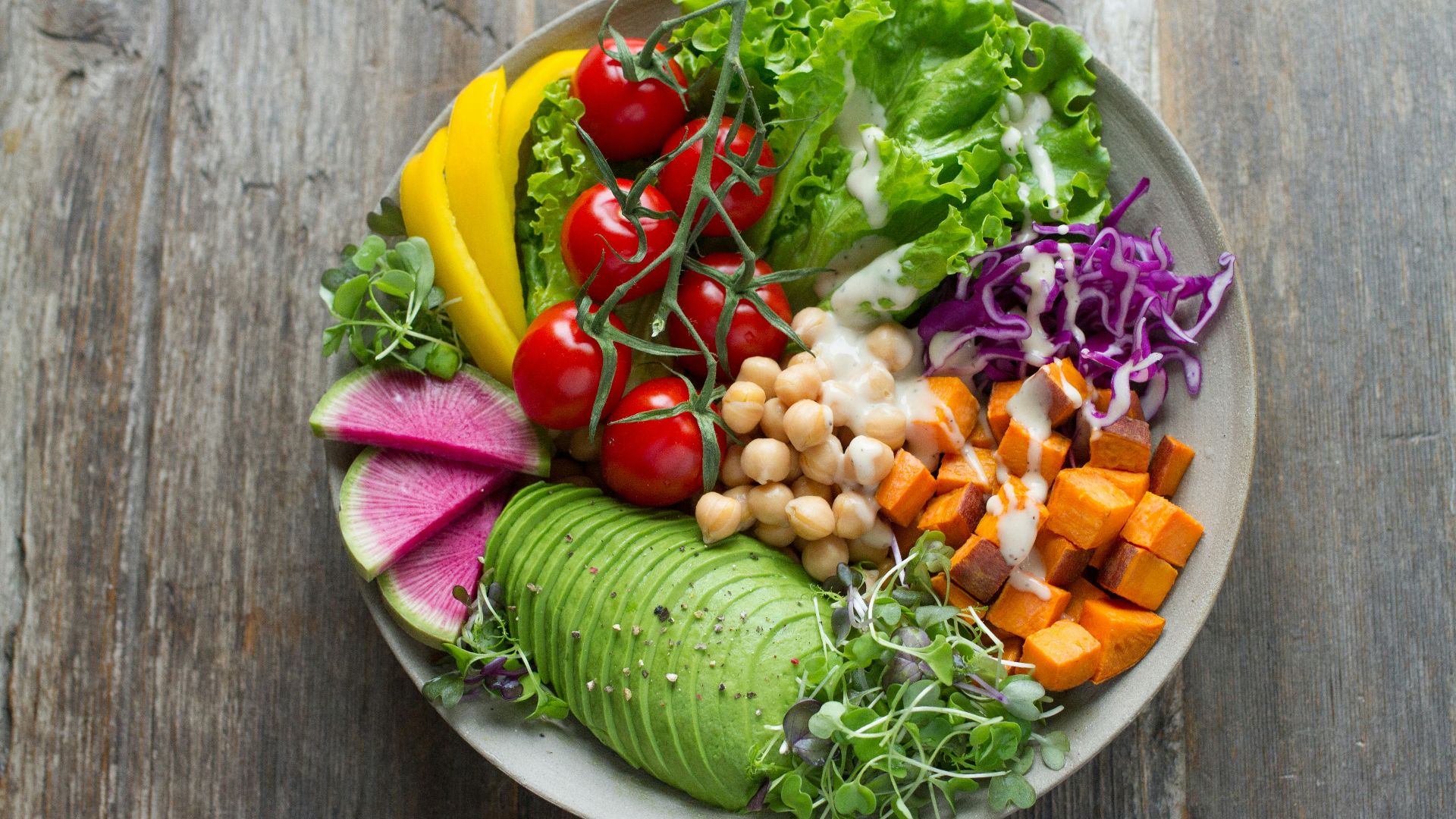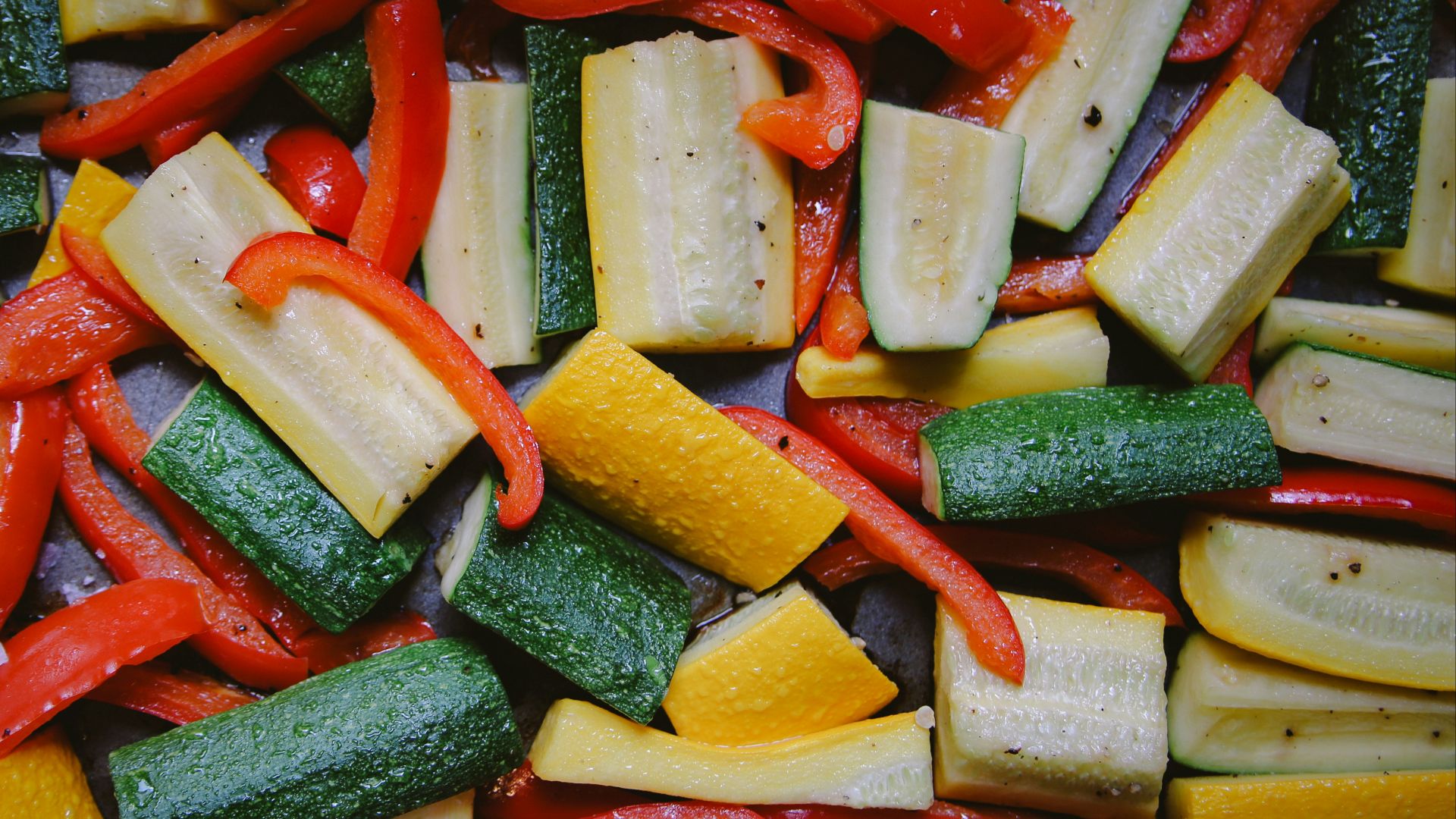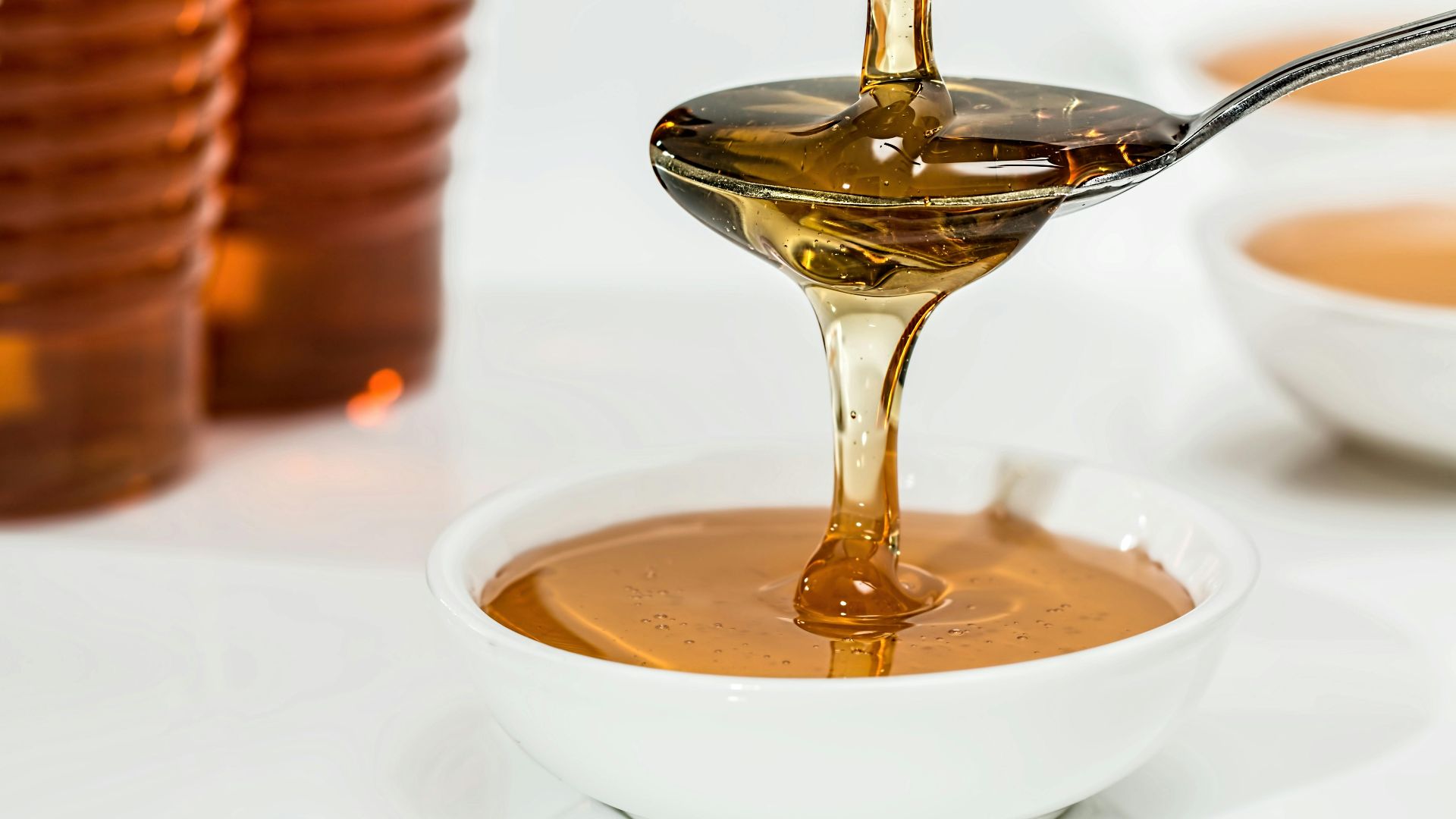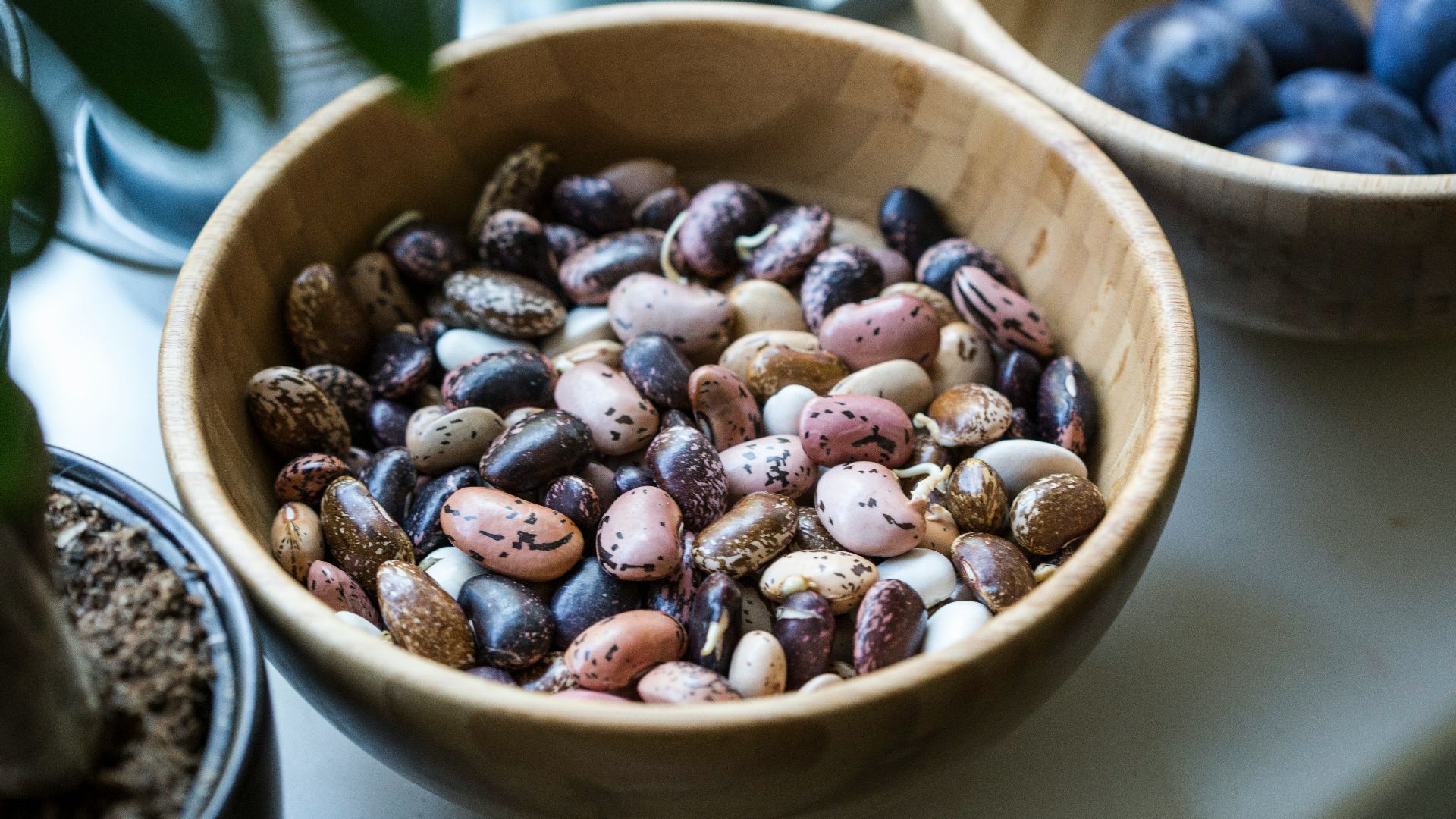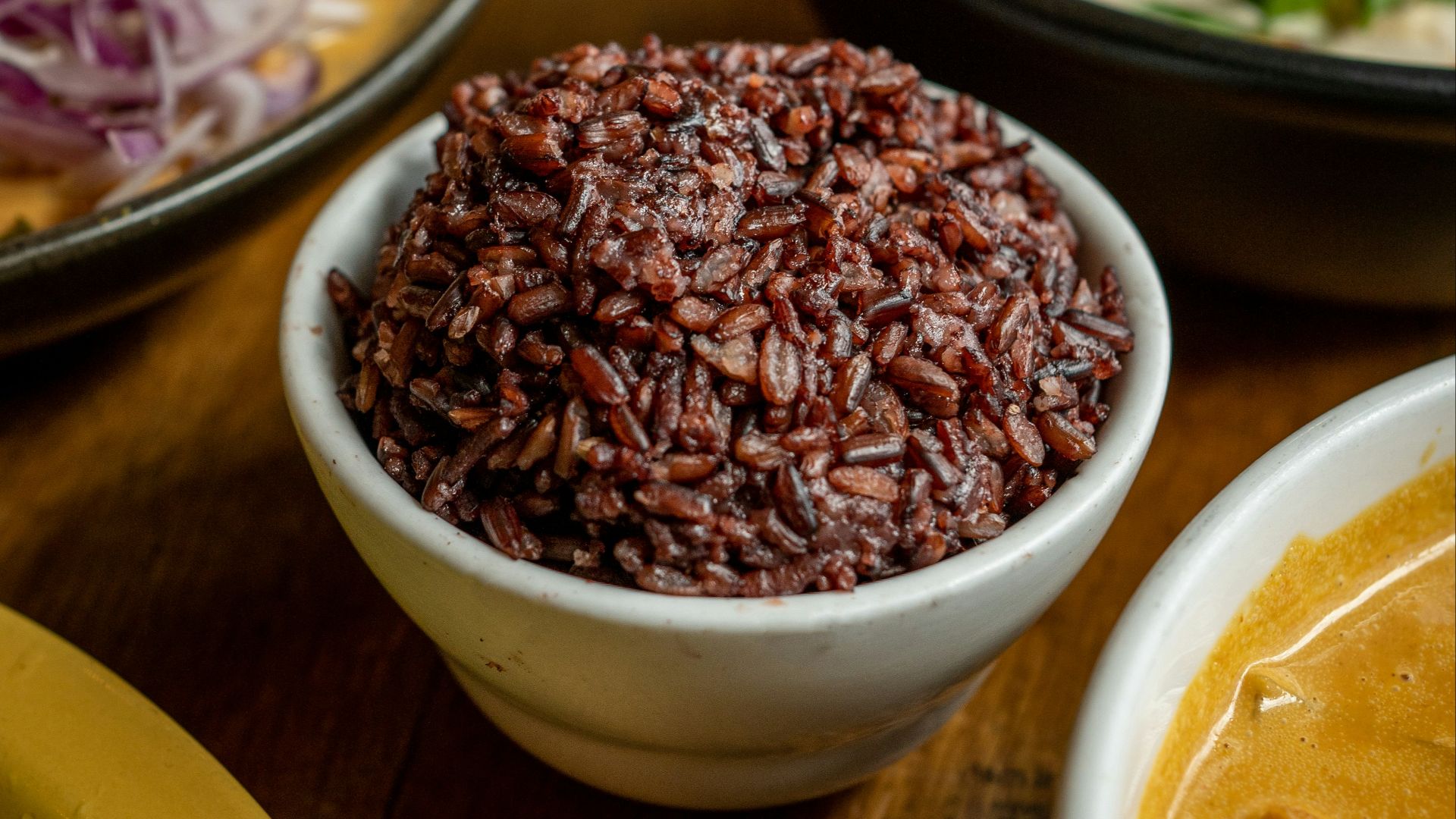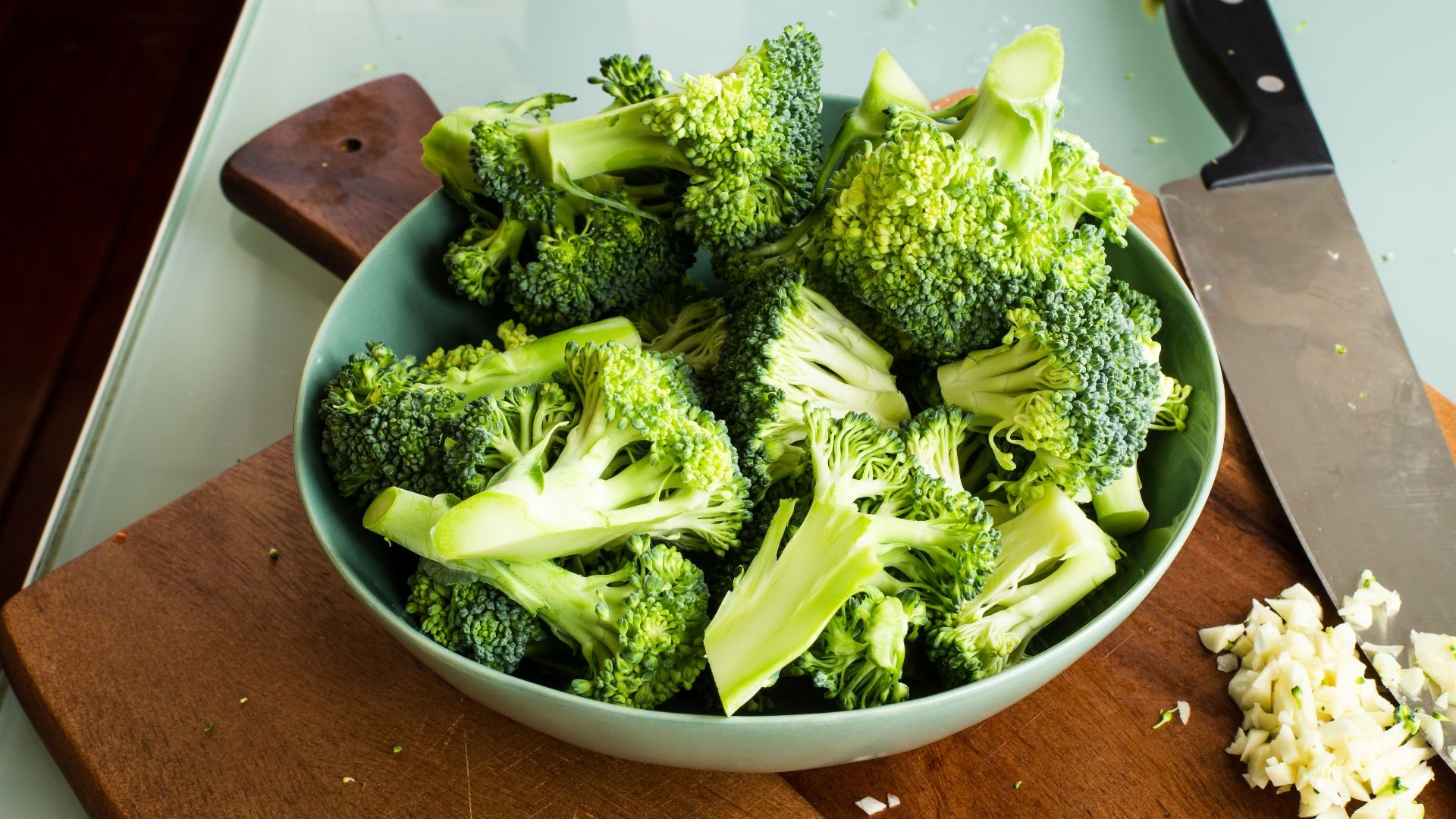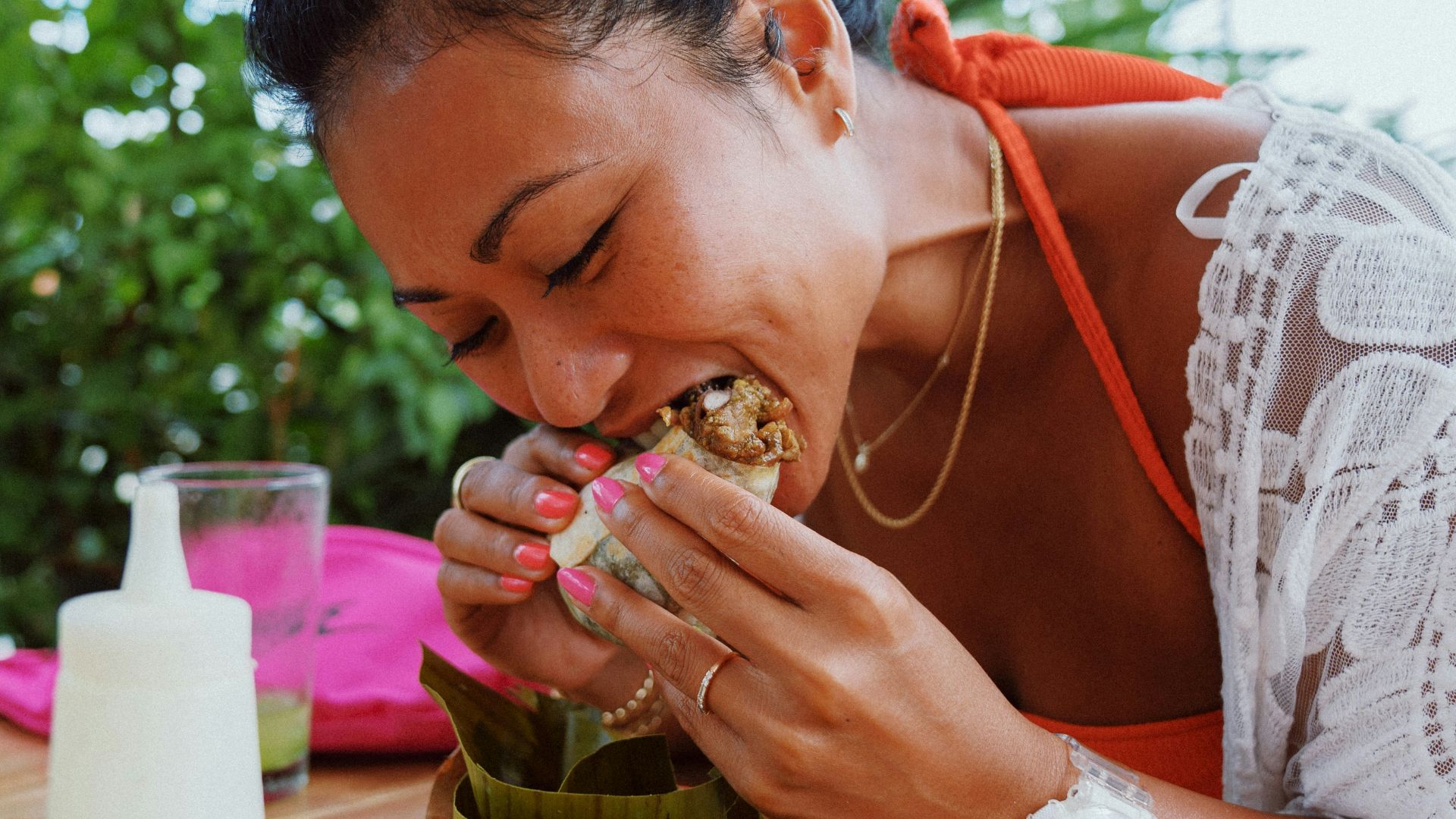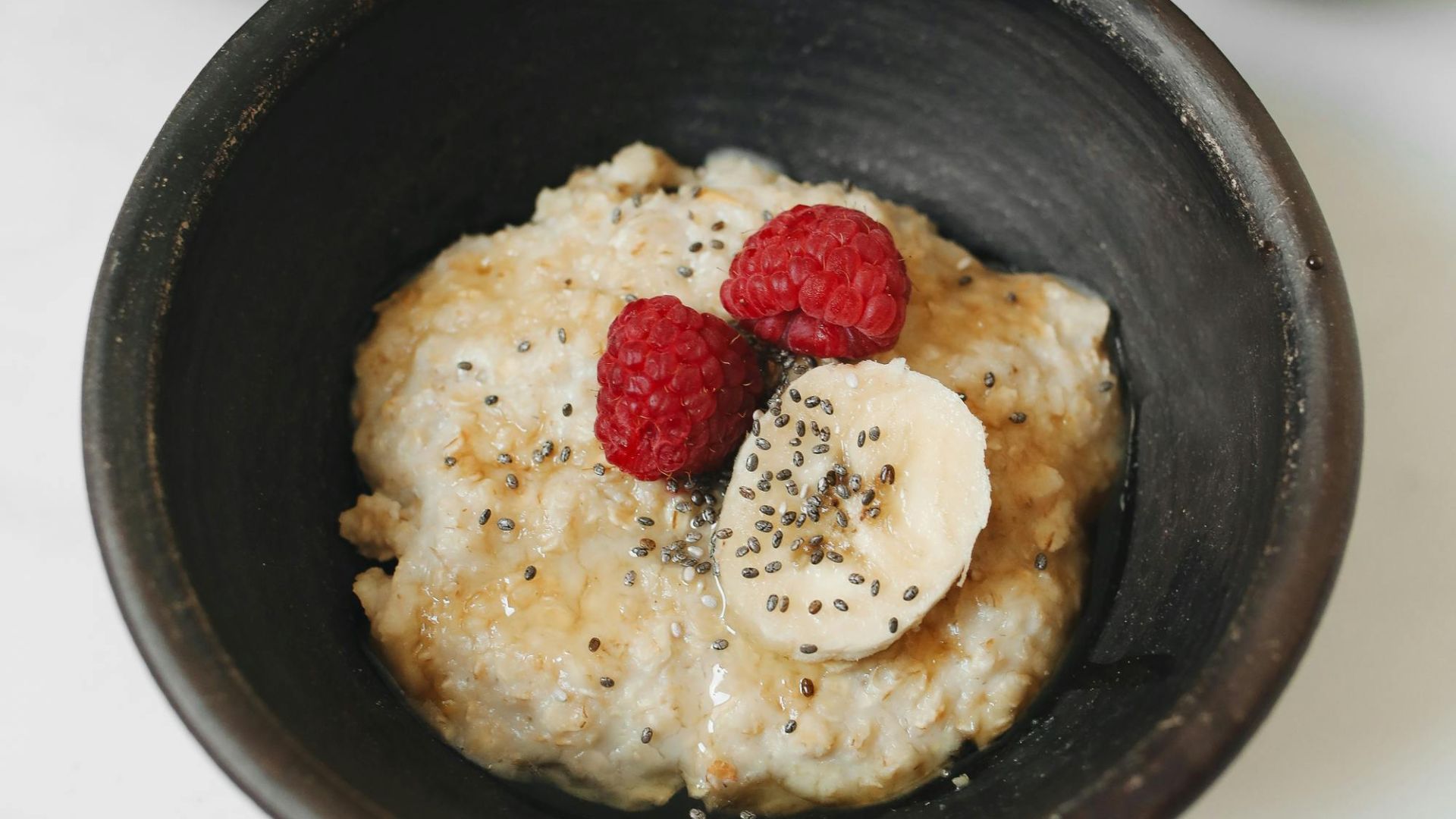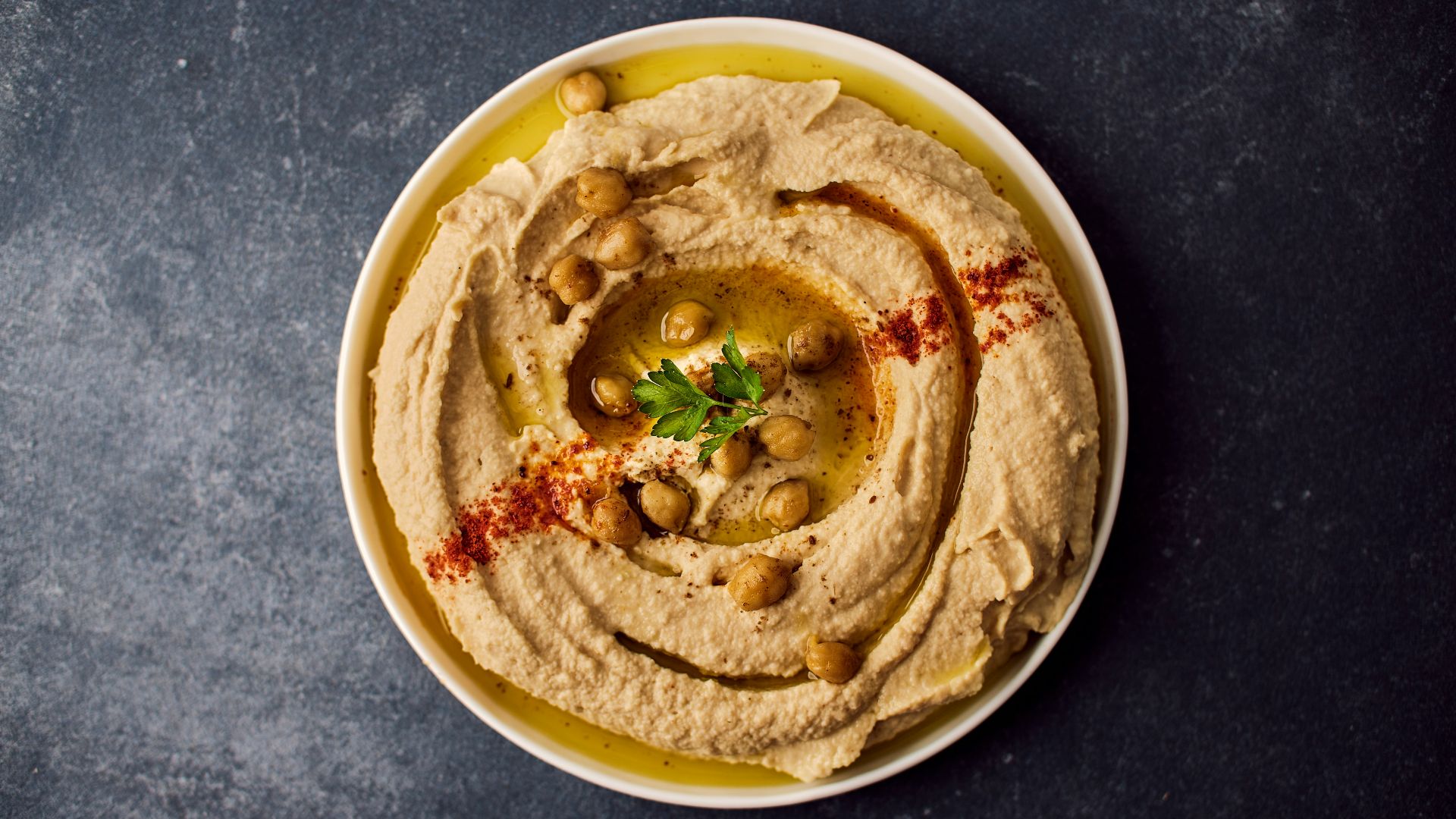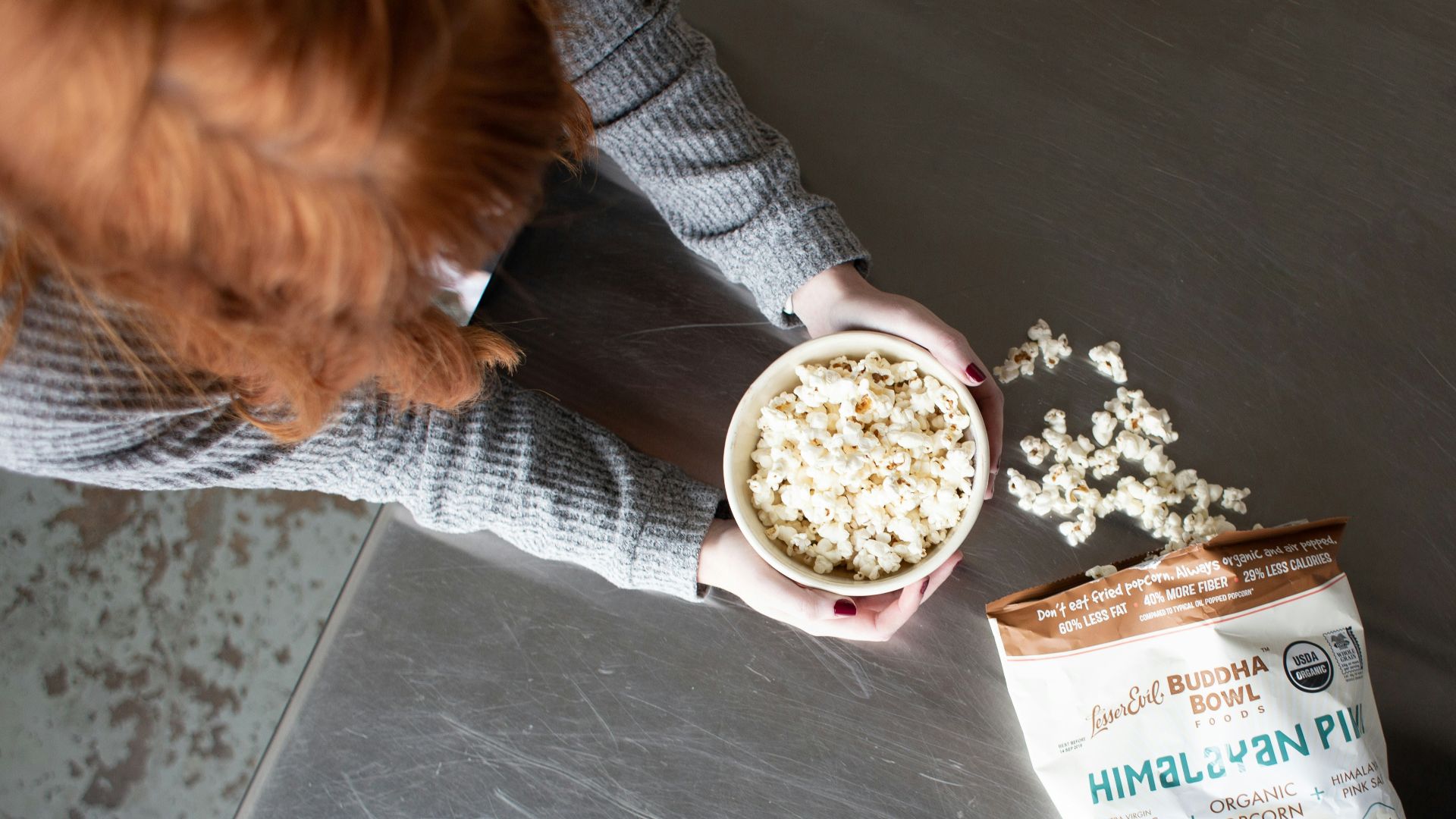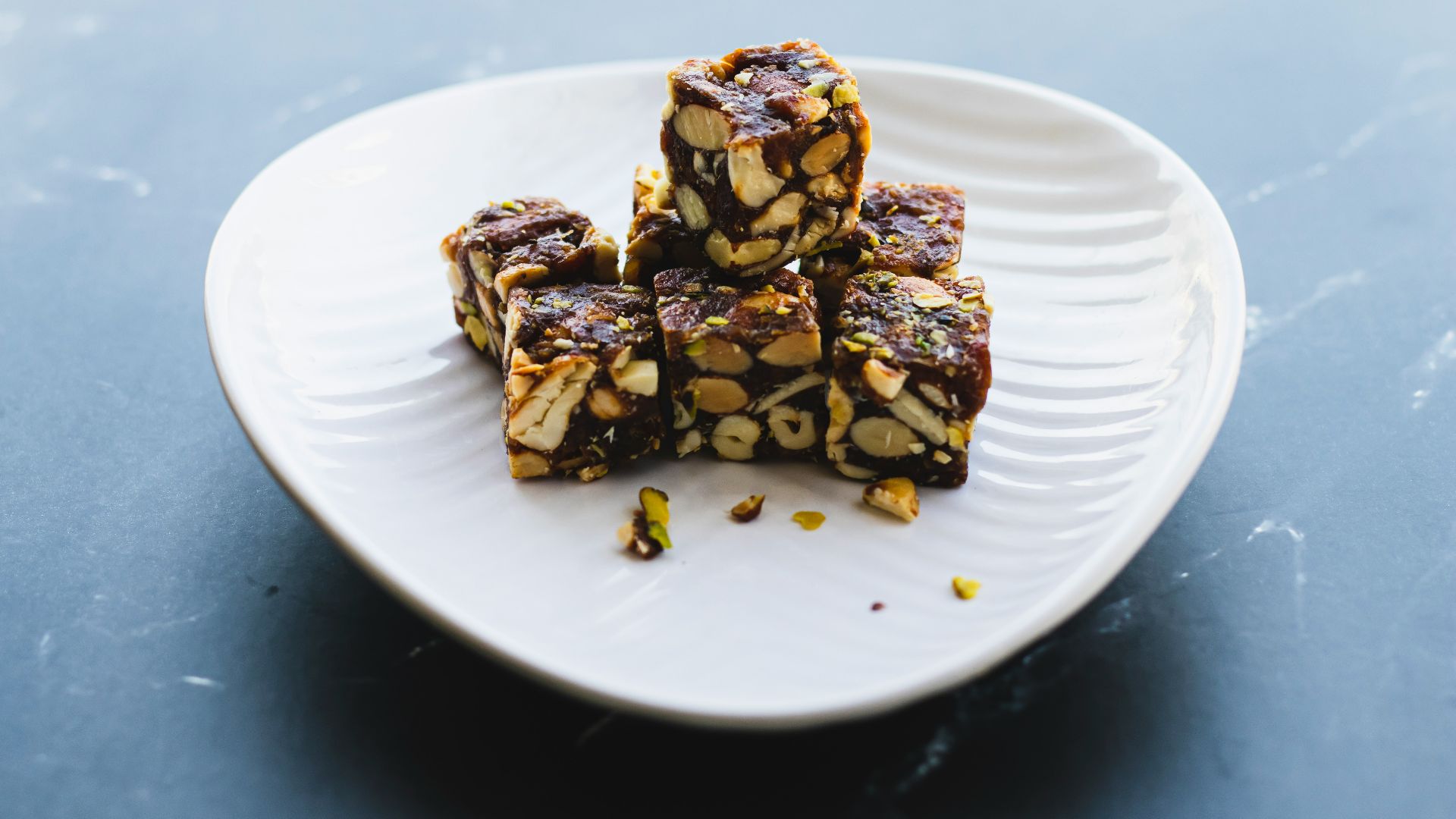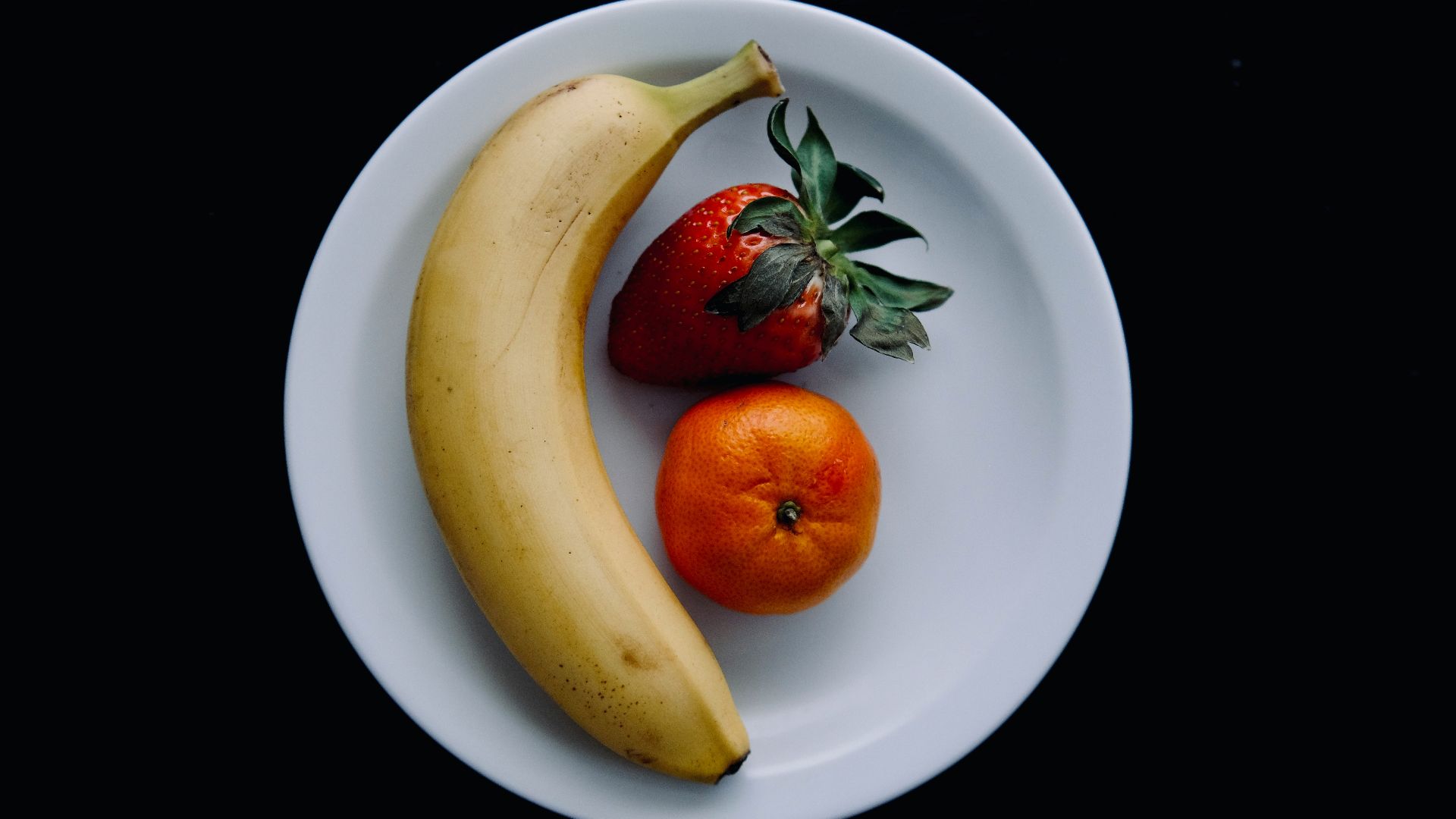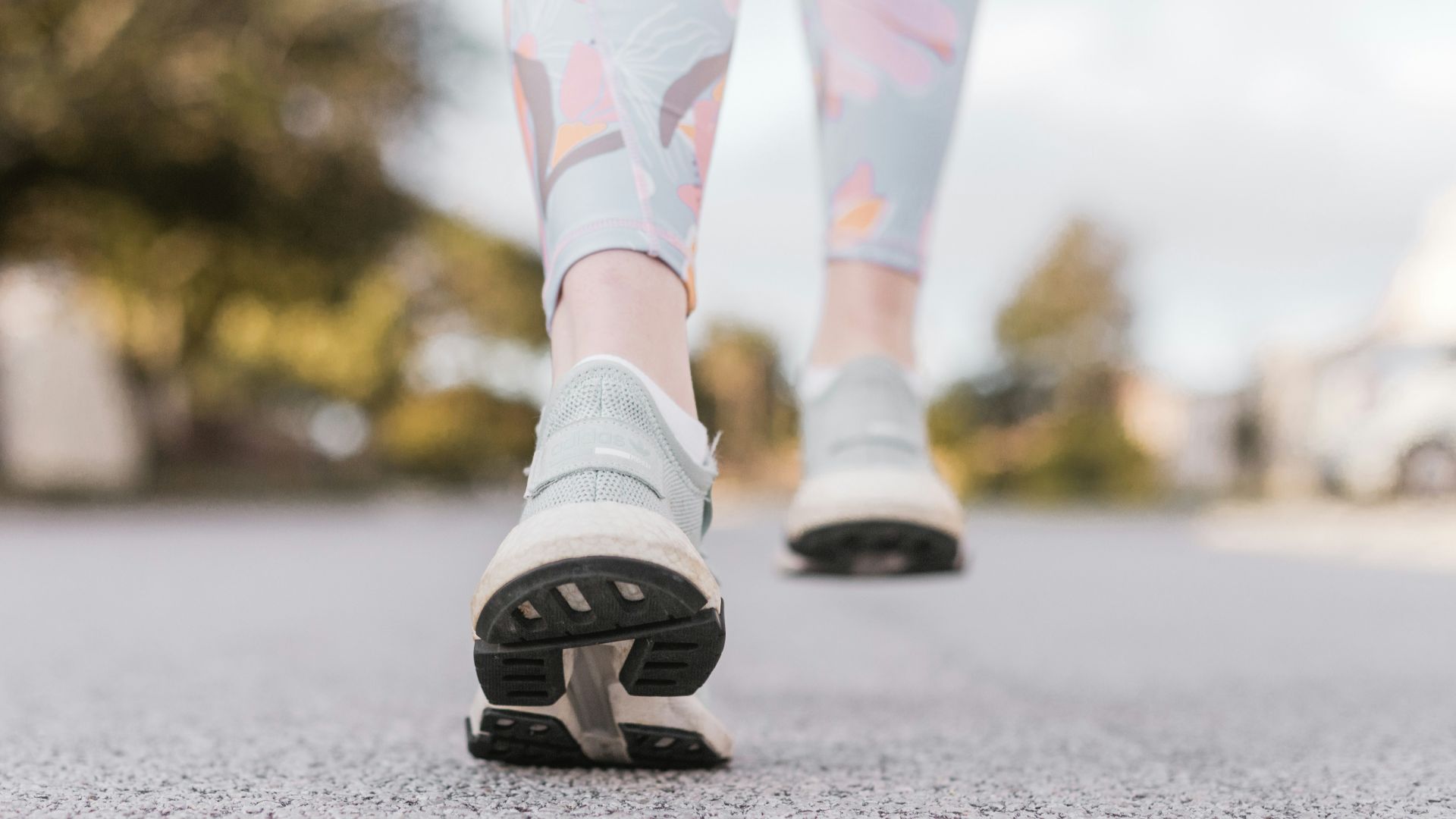Eat Smart, Live Better
Managing type 2 diabetes is about the gradual drift toward better choices. It’s about the way you choose to fill your plate morning after morning, and the snacks you grab while rushing. These little rhythms either support your health or undermine it. Let’s explore ten diet strategies that have been proven to assist in managing Type 2 diabetes and ten habits that have been demonstrated to make it worse.
1. Base Most Calories on Whole, Plant-Based Carbs
Focusing on fruits, vegetables, legumes, and whole grains helps you feel fuller and allows your blood sugar to remain more stable. It doesn’t matter if the vegetables are starchy or not; they all help. The idea is to focus on what nature produced rather than what emerged from a factory.
2. Keep Fat Intake Low
Excess fat is a primary driver of insulin resistance. So yes, avocados and nuts are fine in moderation, but a slab of fatty meat is likely to make things worse. It’s not always intuitive, especially if you grew up eating slabs of red meat. When the fat is the wrong kind, it works against you.
3. Use the Green/Yellow/Red-Light System
Green means unprocessed whole plant foods you can eat freely. Yellow signifies minimally processed plants or higher-fat plant foods that you should treat more cautiously. Red means animal products and highly processed foods that you should avoid. It’s more a rule of thumb than rule of law, but it gives you a map when you’re wandering the grocery aisles.
4. Freedom with Carbs, but Quality Matters
For Type 2 diabetics, the vast majority of your calories should come from whole carbs (fruits, legumes, intact grains, starchy veggies). The only twist is if it’s processed, refined, or stripped of fiber like white bread, soda, or sugary cereals. In this case, you should avoid them.
5. Prioritize Unrefined Foods
If you can’t pronounce the ingredient list, or if it includes words like “high-fructose corn syrup,” that’s a sign you should avoid it. Foods with added sugar or refined sugar add fuel to the fire of your insulin resistance. When you trade chips for roasted chickpeas, you slow the glucose spike and ease the stress on your system.
6. Embrace Legumes & Beans
Beans, lentils, and peas are high in fiber, nutrients, and offer plant-based protein that doesn’t hit you with the fat load of many meats. As you pile brown rice, black beans, roasted veggies, and salsa onto your plate, it’s more than a meal; it’s a small victory for your blood sugar and your appetite.
7. Whole Grains Over Refined Grains
Whole brown rice, quinoa, and farro are healthy whole grains. White rice and white bread, however, aren’t so great. The fiber in whole grains eases the load on your system, letting energy release slowly instead of spiking and plummeting.
8. Eat Plenty of Non-Starchy Vegetables
Broccoli, spinach, peppers, and cucumbers are low in calories, high in nutrients, and fill half your plate without threatening a spike. Non-starchy veggies bulk up your plate, making it easier to eat well without overloading on carbs.
9. Beware of “Healthy” Processed Vegan Foods
Yes, you’re eating plant-based, but that’s not automatically good for you. Processed vegan burgers, vegan cheese, and nut milk ice cream are often highly processed. Just because something is vegan doesn’t mean it won’t spike blood sugar or load your body with hidden fats and additives.
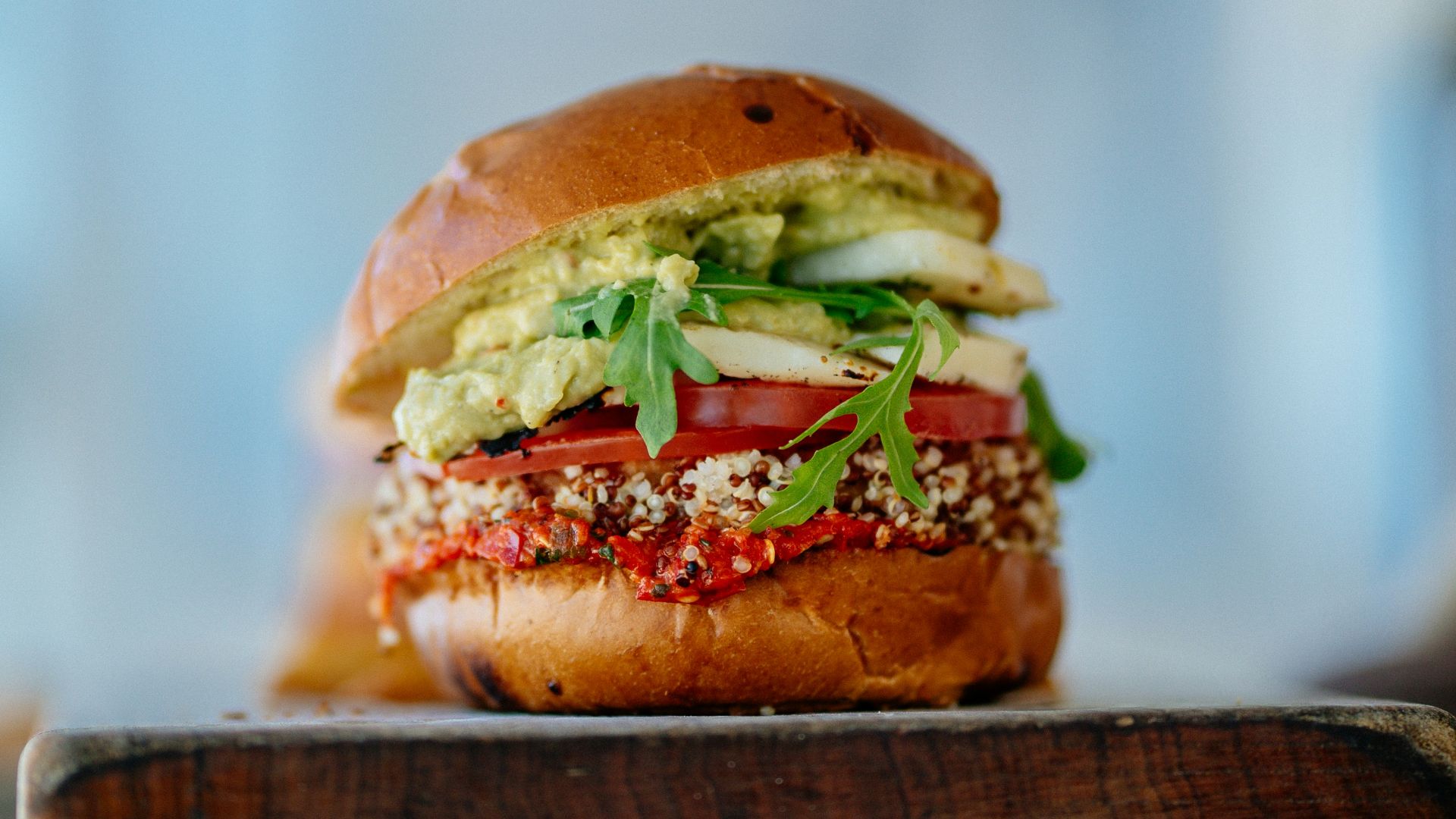 Lefteris kallergis on Unsplash
Lefteris kallergis on Unsplash
10. Avoid the Cycle of Guilt and Over-Restriction
When everything becomes forbidden, you end up yearning for the forbidden. It’s important to prioritize healthy nutrition, but eating should also feel like nourishment rather than a constant negotiation. It’s okay to occasionally indulge. We’re human, after all.
And now, here are ten common habits that make Type 2 diabetes worse.
1. Drinking Your Calories
Liquid sugar sneaks into your daily intake far faster than solid food. It’s easy to grab a soda and feel like the tiny can won’t affect much. The sugar hit is instant, and so is the crash. Opt for water, sparkling or plain, and avoid the temptation of soda.
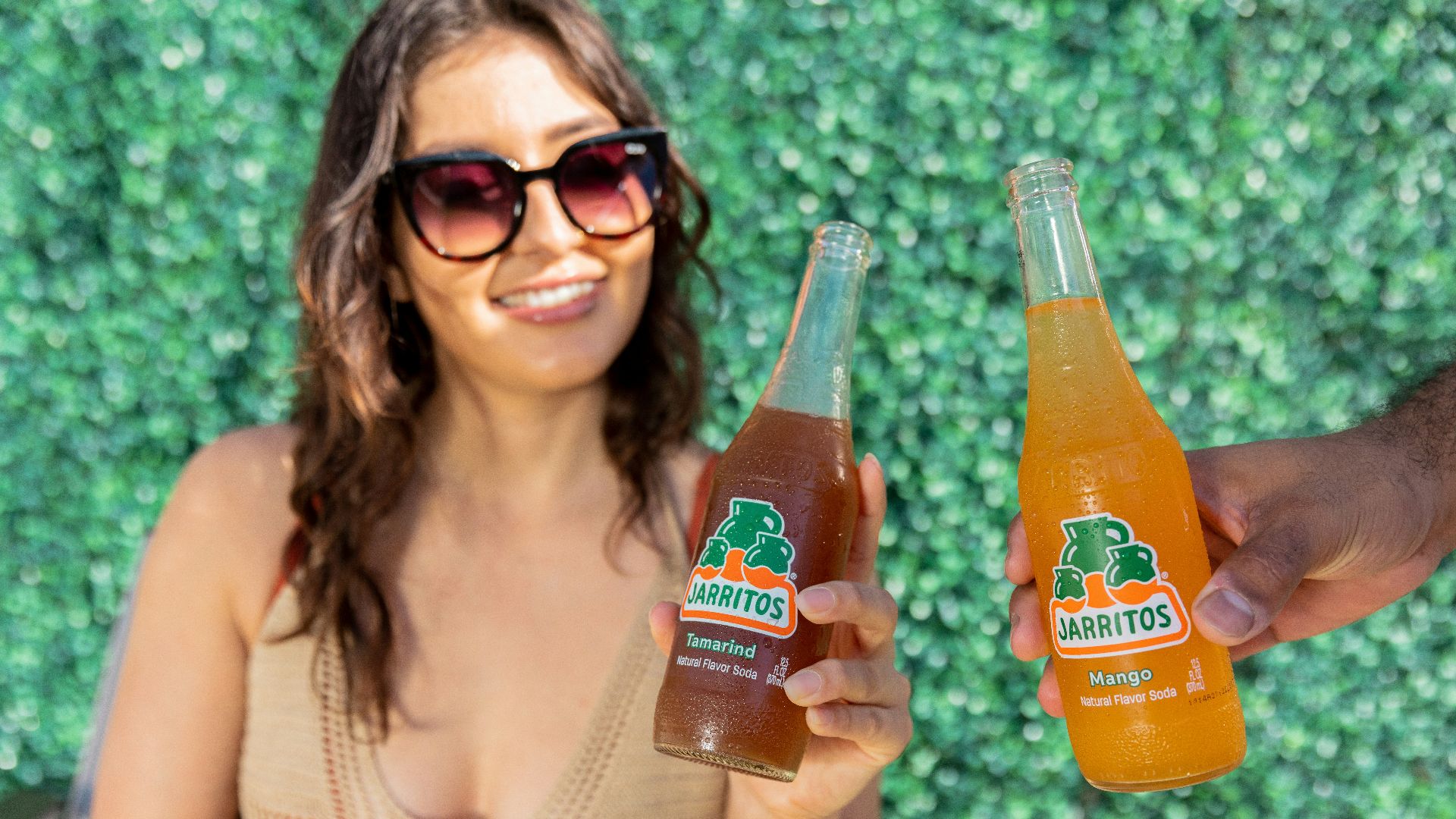 Jarritos Mexican Soda on Unsplash
Jarritos Mexican Soda on Unsplash
2. Late-Night Snacking
That handful of cereal at midnight is overwhelming for your body. Insulin sensitivity dips after dark, making it a challenge to process those late-night indulgences. Save your calories for daylight, when your system’s alert and firing on all cylinders.
3. Skipping Breakfast
Skipping breakfast might seem strategic, but it backfires. Without food in the morning, your blood sugar tanks, your hunger spikes, and then lunch becomes a feeding frenzy. A simple bowl of oats or fruit with chia seeds when you wake up steadies everything early on.
4. Overdoing “Healthy” Snacks
Almonds, hummus, and trail mix are great until you forget how calorie-dense they are. Portion sizes blur easily when the food feels virtuous. Enjoy them in moderation and everything will be fine.
5. Letting Stress Drive Your Choices
Cortisol, the stress hormone, raises blood sugar. Combine that with emotional eating, and you’re caught in a biochemical tug-of-war. When you’re feeling overwhelmed, avoid making a beeline to the fridge and instead go for a walk or engage in some light exercise to burn off that nervous energy.
6. Neglecting Sleep
Less sleep equals more cravings, higher insulin resistance, and slower recovery. Seven hours isn’t luxury; it’s required maintenance. Think of it as part of the diet plan you can’t eat.
7. Trusting “Diet” or “Sugar-Free” Foods
Artificial sweeteners confuse the body and still manage to nudge your insulin around. The result of these “sugar-free” sweets is that your cravings aren’t satisfied. A real cookie, once in a while, is better than the fake kind every day.
8. Supersized Portions
Restaurant servings are wild now. When you order a bowl of pasta, they serve you one the size of a steering wheel. The simplest fix is to reduce your serving sizes and dine at a slower pace. Give your brain time to register fullness before the fork goes in again for seconds and thirds.
9. Sitting Still After Meals
All it takes to set digestion in motion is to go for a ten-minute walk after eating. Your muscles soak up glucose, digestion starts humming, and your numbers look smoother. Skip the walk, and you’ll be left feeling sleepy and heavy.
10. Thinking One Slip Means Failure
The “I blew it” mindset is poisonous. One bad meal doesn’t undo a good week. Diabetes management isn’t a matter of passing or failing but of cumulative choices that add up over time. Start again with the next bite, not next Monday.
KEEP ON READING

20 Healthy Meals for Red Meat Lovers



